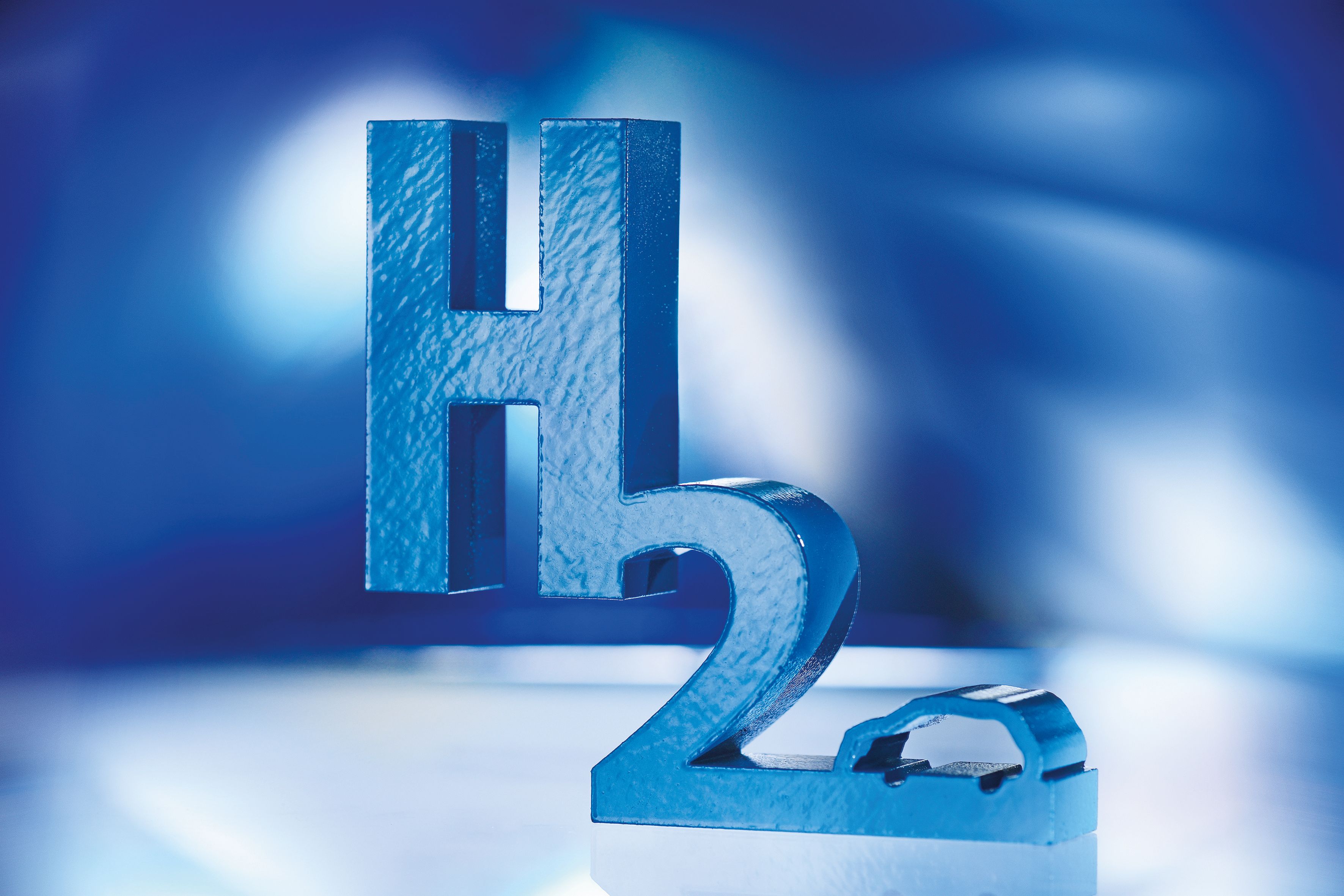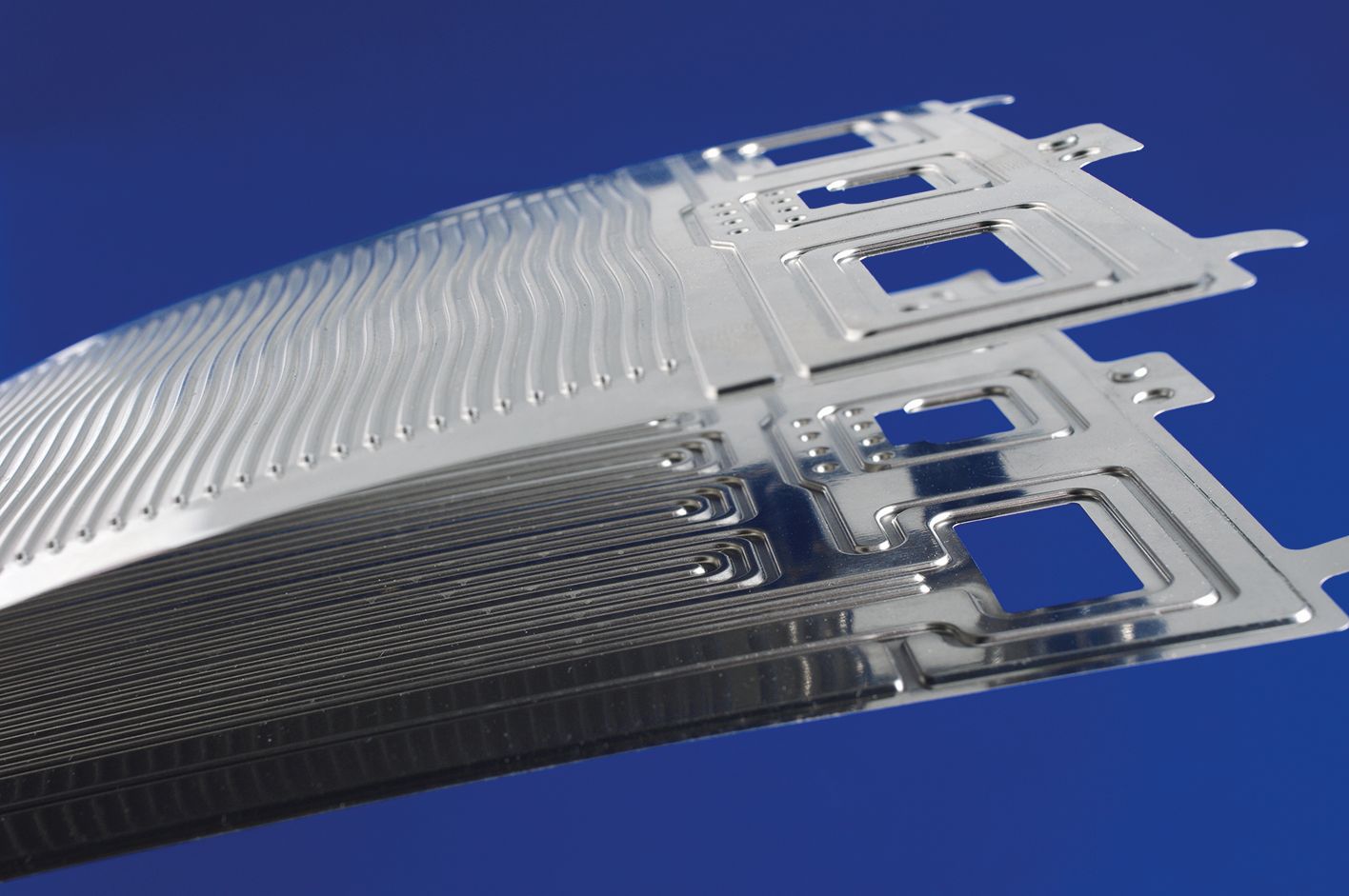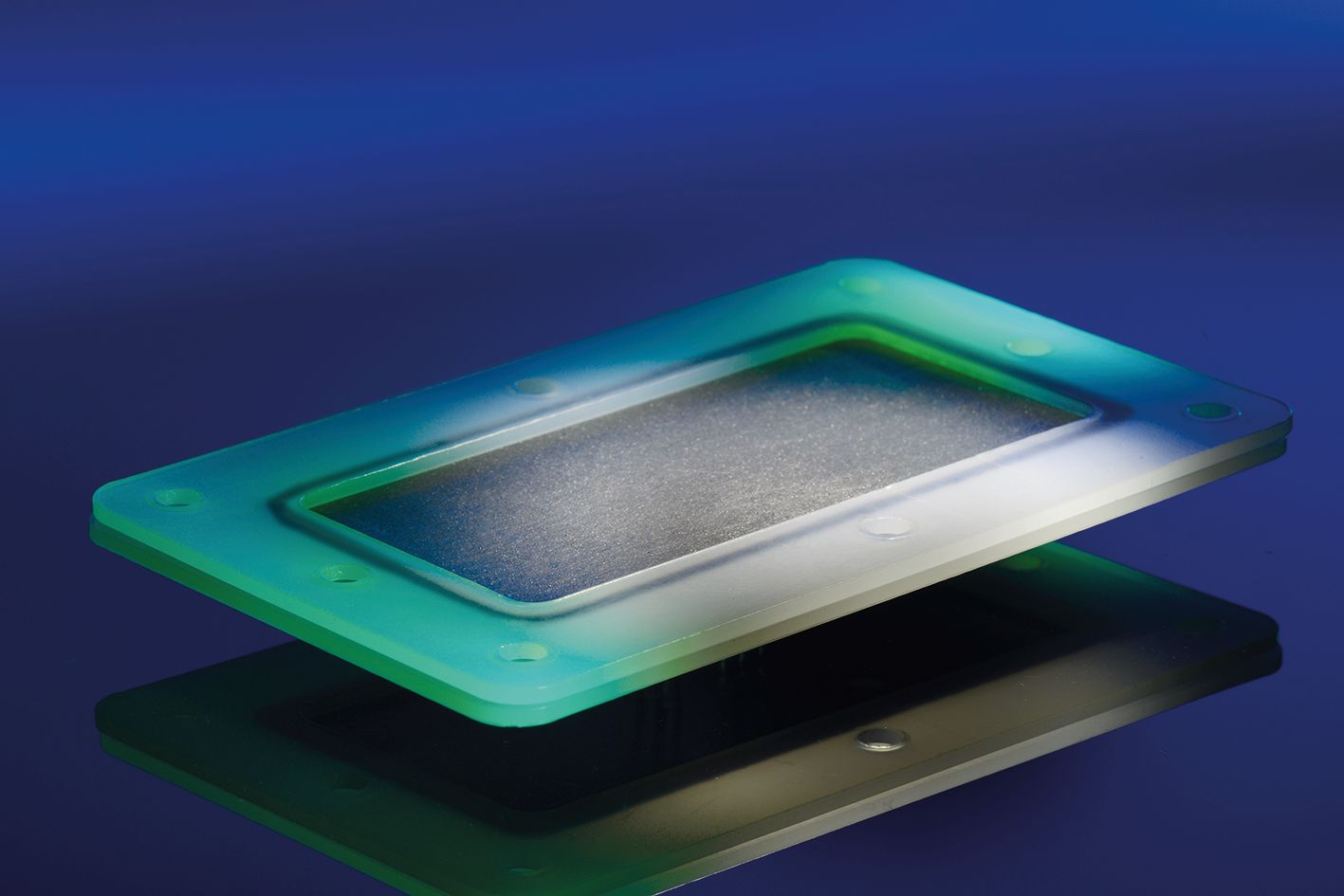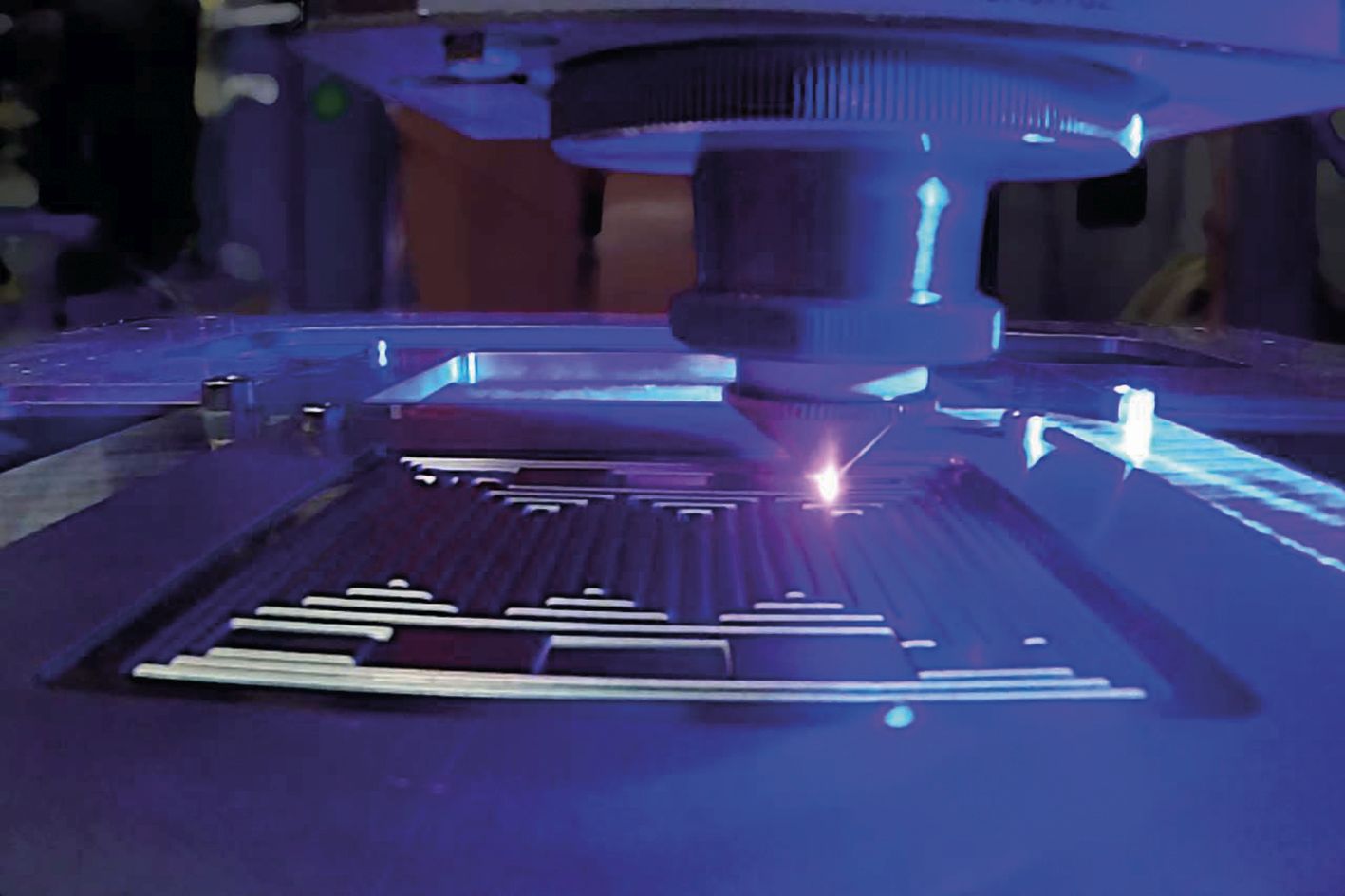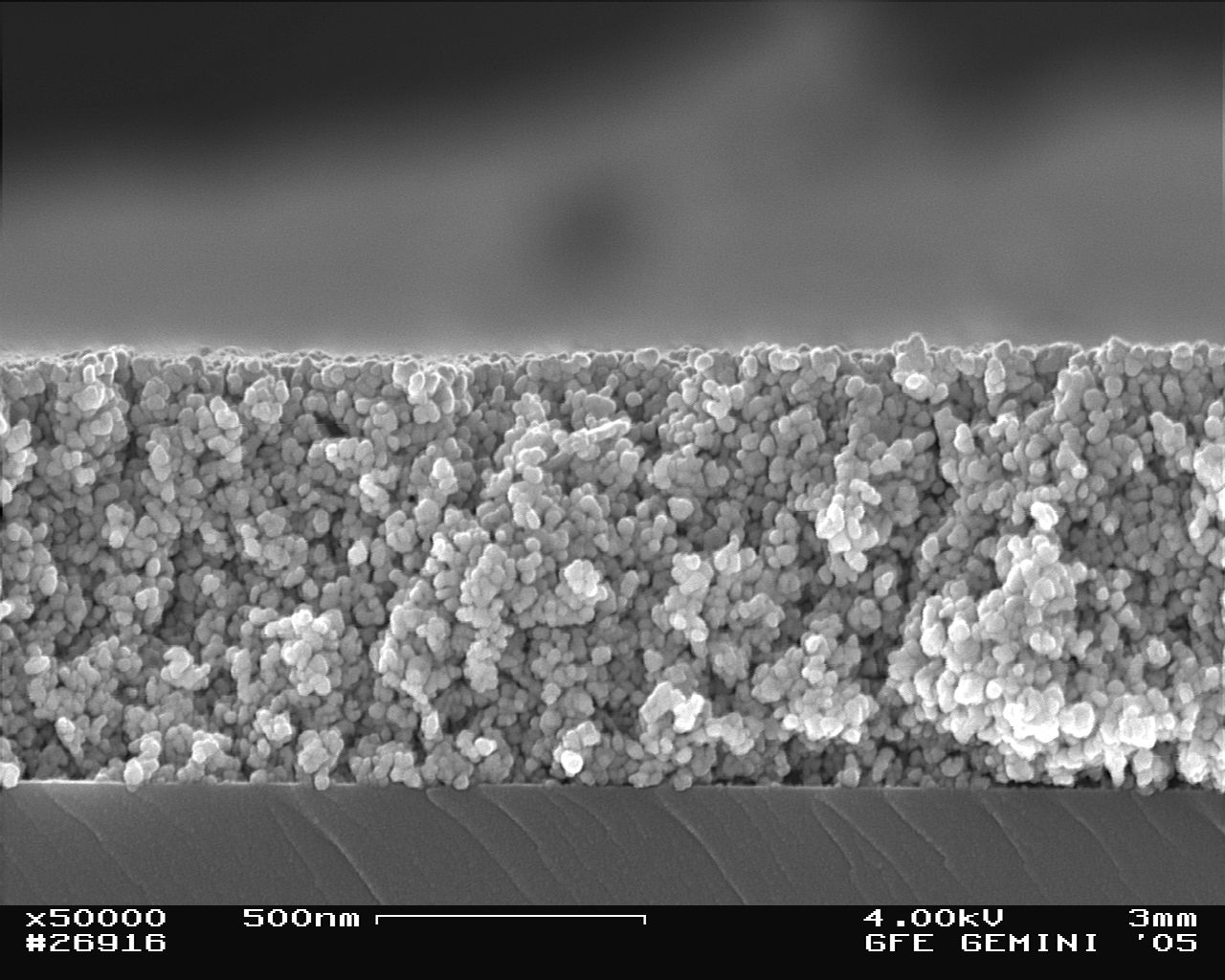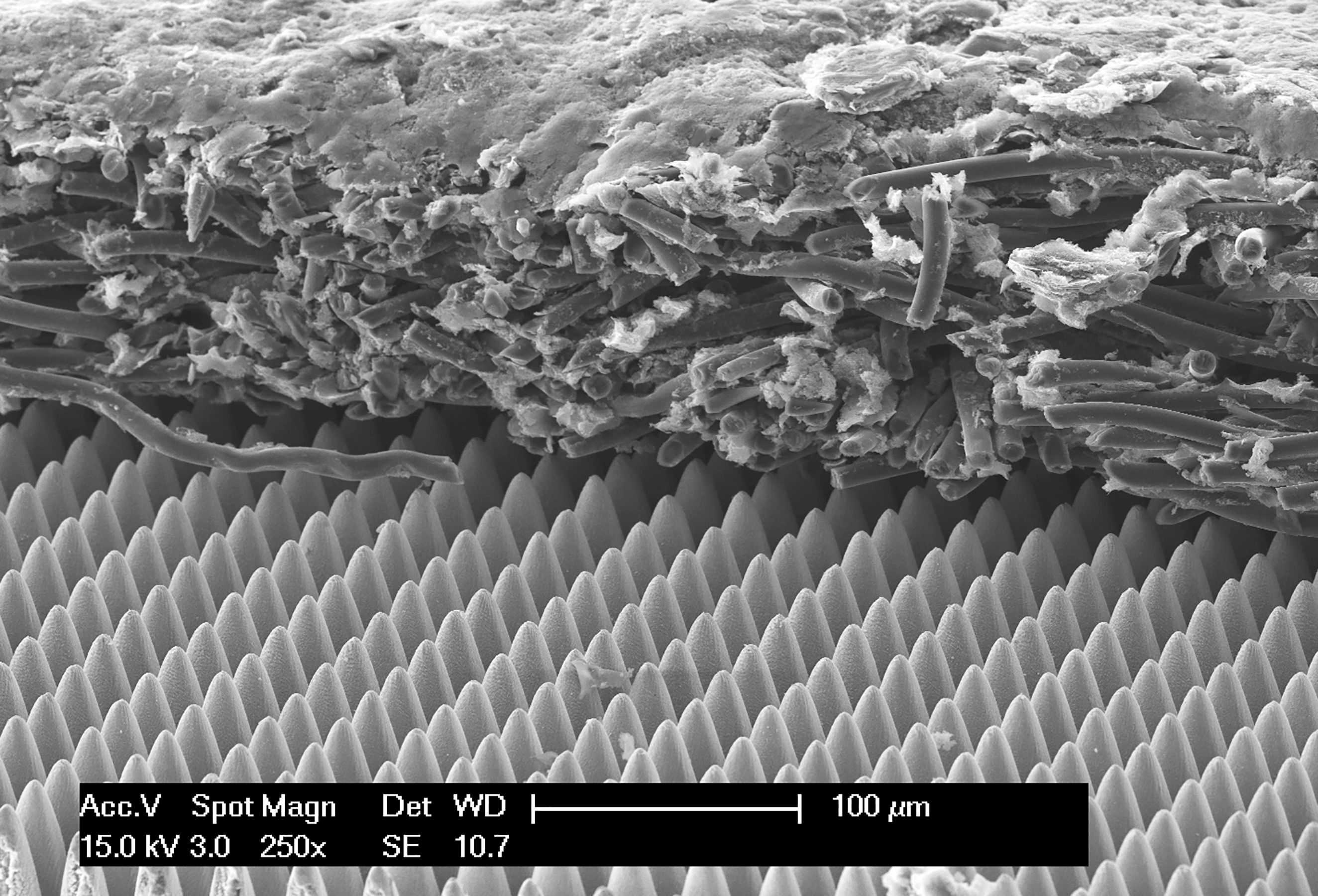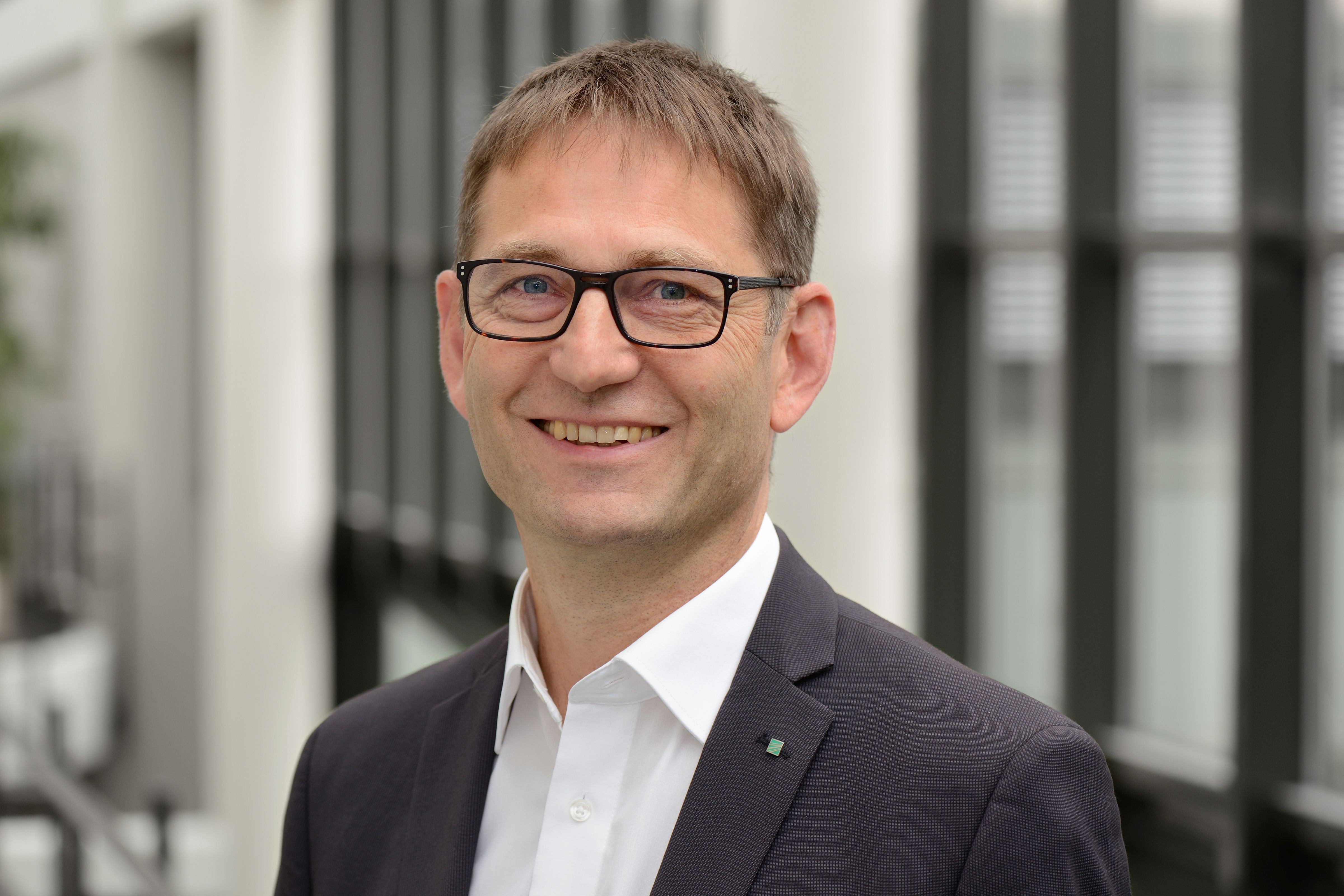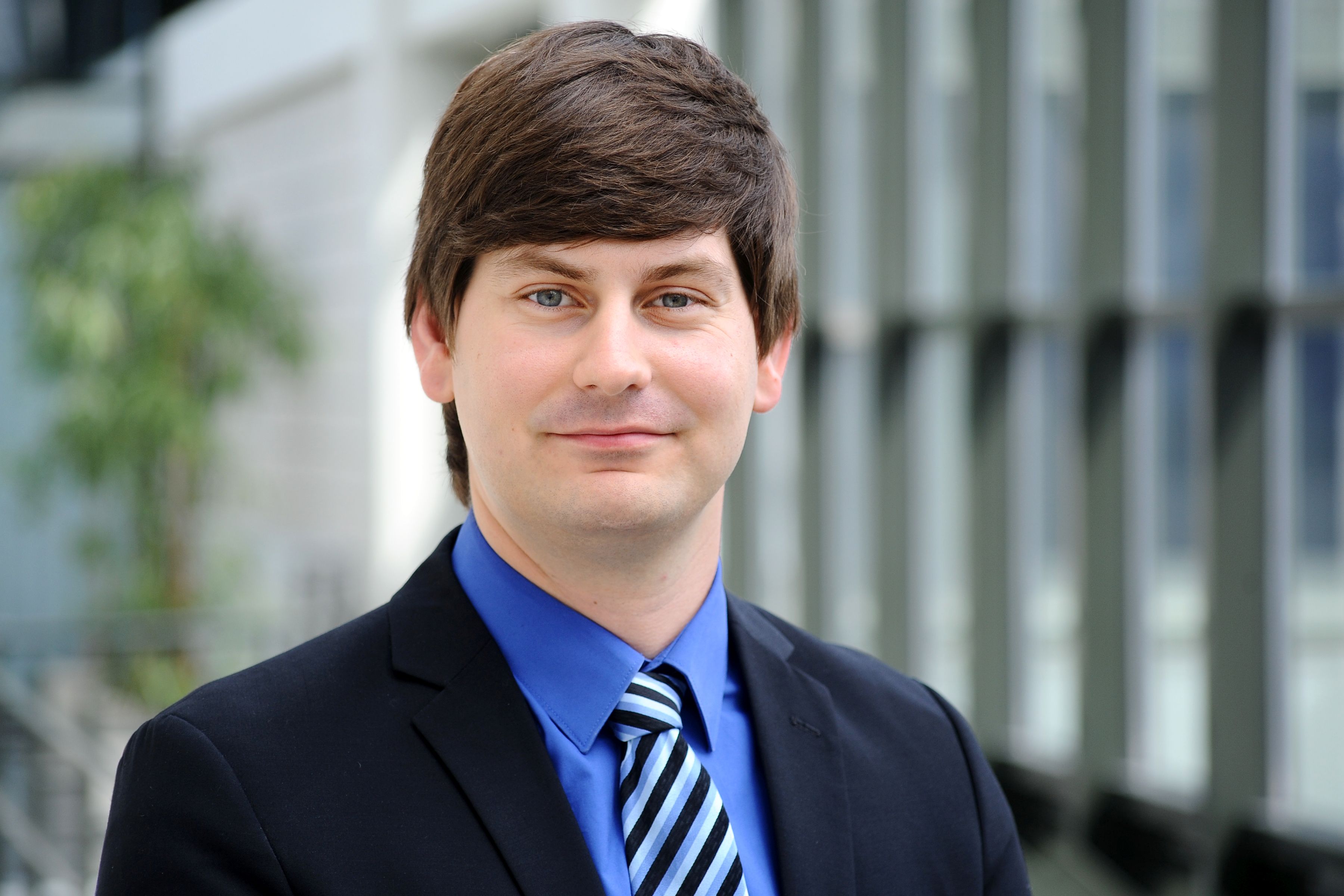Promoting cooperation and exchange
In order to provide a platform for interdisciplinary exchange between research and industry in the field of hydrogen technology, Fraunhofer ILT hosted the LKH2 – Laser Colloquium Hydrogen for the first time in 2020. It took place for the second time in the middle of September 2021. Once again, co-initiator Professor Arnold Gillner, head of Fraunhofer ILT’s Ablation and Joining competence area, provided the content with vision and expertise. Dr. Alexander Olowinsky, group leader of Micro Joining at Fraunhofer ILT, guided the 70 or so participants through the program.
Over the course of two days, 12 speakers from different disciplines and industries shed light on how current laser technology can be applied in the field of hydrogen technology. Dr. Karsten Lange, project manager for Battery and Hydrogen Technology at Fraunhofer ILT, spoke about how the functionality of components can be optimized with laser technology. Along with Dr. Olowinsky, Dr. André Häusler – team leader for the micro joining of metallic materials at ILT – was responsible for organizing the LKH2 and also played on home turf. He addressed the advantages of high-speed laser beam micro welding in the production of bipolar plates, the heart of the hydrogen fuel cell. “Together with experts from industry and research, we want to find out what the current problems are,” said Dr. Häusler, summing up the motivation at the beginning of the colloquium. “This is the most effective way to develop the best technological solutions.”
Many from the Fraunhofer cosmos were present, including Prof. Eike Hübner from Fraunhofer HHI in Berlin, Professor Christian Doetsch and Dr. Michael Joemann from Fraunhofer UMSICHT, Clemens Müller from Fraunhofer IPT, Prof. Christoph Leyens and Dr. Teja Roch from Fraunhofer IWS in Dresden, and Dr. Chistian Vedder from Fraunhofer ILT. The colloquium’s partners from industry were also strongly represented; present were, among others, 4D CEO Christoph Franz, Dr. Isabel Thome from Trumpf, Thibault Bautze-Scherff from Blackbird Robotersysteme in Garching and Florian Hugger, Head of R&D at BBW Lasertechnik.
Key component: the fuel cell
The LKH2 once again focused on the key component of hydrogen technology: the fuel cell. It converts the chemical energy present in the molecular bonding of water and oxygen into electrical energy, i.e. electricity, and thus makes it usable in the first place. Depending on the power requirements, a defined number of fuel cells are arranged in stacks. Between each two cells there is a bipolar plate – this is the heart of every fuel cell. This plate’s central task is to connect the anodes of the fuel cells with the cathode of the respective neighboring cell in a physically and electrically conductive manner. The bipolar plates also direct the flow of the reaction gases. For this purpose, flow profiles (flow fields) are embedded in their surface. Hydrogen flows over one side and air over the other. They also regulate the removal of water vapor and the release of thermal and electrical energy.
At present, bipolar plates still account for a large proportion of the weight of a fuel cell and cause correspondingly high production costs. The weight and installation space of fuel cell stacks should be reduced and their power density increased so that they can be produced cost-effectively and are suitable for series production in the future. Producing them in large quantities has enormous savings potential and this is exactly where the LKH2 begins. “In order to reduce costs and meet increasing demand, we need to be able to produce certain components at significantly greater efficiency,” says Dr. Olowinsky. “The production of bipolar plates plays a crucial role in this.”
 Fraunhofer Institute for Laser Technology ILT
Fraunhofer Institute for Laser Technology ILT